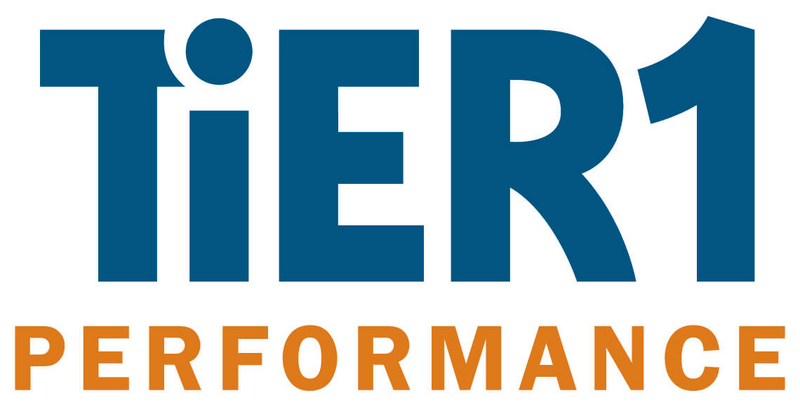ATD Blog
Performance Management: A Librarian’s Approach to Growth and Accountability
Mon Oct 21 2024

An organization’s perception of performance management affects how it fosters growth. Performance management, however, is often reduced to a box-checking exercise a few times a year that is misaligned with both employee and business goals. What’s missing? True alignment among employees, managers, and the performance management process, facilitated by HR professionals.
When performance management shifts toward collaboration, empowerment, and development, it transforms into a powerful catalyst for growth, accountability, and shared success. But such a shift requires guidance and intentional effort from performance management professionals, those uniquely positioned to lead this change.
Applying a Librarian Analogy to Performance Management
Let’s begin with a simple analogy: Imagine a student, a library, and a librarian.
The student has goals and the freedom to choose what they want to learn. They are also accountable, however, for milestones like homework and tests. While a good teacher can guide them, much of their learning happens outside the formal classroom. To grow, the student must proactively seek knowledge.
The library is a space full of knowledge, open to the public, and stocked with books, resources, and opportunities for learning and growth. It’s a place for personal development and entertainment, but only if an individual chooses to engage with its resources. The library provides the environment, but it’s up to the individual to take advantage of it.
The librarian represents the human element. More than just a guardian of books, they are a guide who helps learners make the most of their time. With expertise in the available resources, the librarian can offer recommendations, but they cannot force individuals to read or engage with the materials.
The workplace is like the library—full of opportunities for growth and development. Like a library, it only serves those who choose to make use of it. The organization can offer tools for success, but employees must take the initiative to engage and grow.
Likewise, the student represents employees. Just like students in a library, employees control their journeys within an organization. They can explore opportunities, ask questions, engage with resources, and choose how to grow and develop within the organization’s environment. If they decide to misuse the space, there’s only so much the library—or the organization—can do to help them succeed.
Finally, performance management plays the role of the librarian. Librarians help readers find the right books just as an organization’s performance management function should guide employees toward growth opportunities that align with their professional goals. Performance management creates a framework for discovery and development, much like a librarian helps individuals navigate their options and find the book that best suits their needs. This is where the disconnect lies. Too often, performance management is viewed as a top-down process rather than a partnership between an employee and their organization.
Reimagining Performance Management in Your Organization
HR and performance management professionals who aspire to guide employees toward meaningful growth must:
Build a deep understanding of the business, its people, and its priorities.
Review organizational goals, objectives and key results (OKRs), and strategies to understand where the business is headed and the skills and experiences required. Meet with leaders and teams to get to know them and how their roles interplay and contribute to the organization’s success.
Focus on transparency and alignment to foster collaboration.
Create opportunities for open dialogue by offering focus sessions and leveraging employee resource groups. Actively gather feedback from employees and managers to understand their needs and expectations. Clear communication fosters trust, alignment, and an increased understanding of performance management.
Leverage knowledge of the business to reevaluate your processes.
Use data-driven insights to tailor performance management processes to suit the unique timing and priorities of your stakeholders. Recognize that one size does not fit all. Be creative and adapt your approach to best fit your organization’s culture and goals.
Much like the librarian, your role as an HR professional is to curate an environment rich with resources and opportunities for employees to explore. By fostering trust, offering guidance, and encouraging ownership, you can create a system that empowers employees to take charge of their development. By leading this transformation, you can turn performance management into a system that not only measures success but actively drives it. Are you ready to lead this shift?

